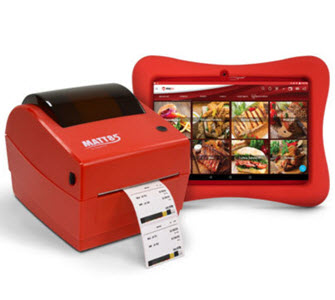Automated Food Labeling is In
Posted on 28th Mar 2019

The rise of automated food labeling platforms is making the process of manual labeling seem antiquated.
Food labels placed on items in supermarkets have been a complicated subject for quite some time.
One specific area of concern for grocery store managers and retailers is manually date labeling food items and the time that it takes to do so.
Some food retailers also re-date food items if the product has not been sold by the date on the label. This happens when grocery store administrators determine the item is safe and healthy to sell. Not only can the extended date help market the product, but it can also help reduce the overwhelming waste of food in the United States.
Manually dating—and re-dating—food items takes time, and time costs money in the food retail industry. DayMark Safety Systems asked several of their grocery store end-customers how much time it takes to manually date labels—and how much that time costs.
On average, it was determined that one staffer spent 1.5 hours per day labeling food items. With the average pay of these staffers at $11 per hour, this cost the retailer $405 per month or $4,862/year per store location.
DayMark then worked with grocery store retailers, providing them with an automated system to date code/label food items. Through this system, instructions on date codes and food labels are delivered from a centrally located office using a corporate dashboard. From here, labeling instructions are distributed wirelessly to all grocery store outlets using an app that is accessed with a tablet. These systems can then deliver labeling information to in-store printers that print the food labels in real time.
The study found that by switching from manual to automated labeling systems, labor costs can be reduced, sometimes significantly. Further, in some cases, the return on investment on these automated systems can be realized in as little as one month.
As to actual dollars and cents, the researchers indicated that much depended on how much store workers were paid, how many workers were involved in manually labeling food items, how often this work is performed and other factors.
However, one grocery store retailer that realized the benefits of automated food labeling commented that the process not only helped reduce costs, "it did the heavy lifting, making this one less concern and one less item on my plate that I had to grapple with."
Article originally appeared on the Supermarket Perimeter website.


